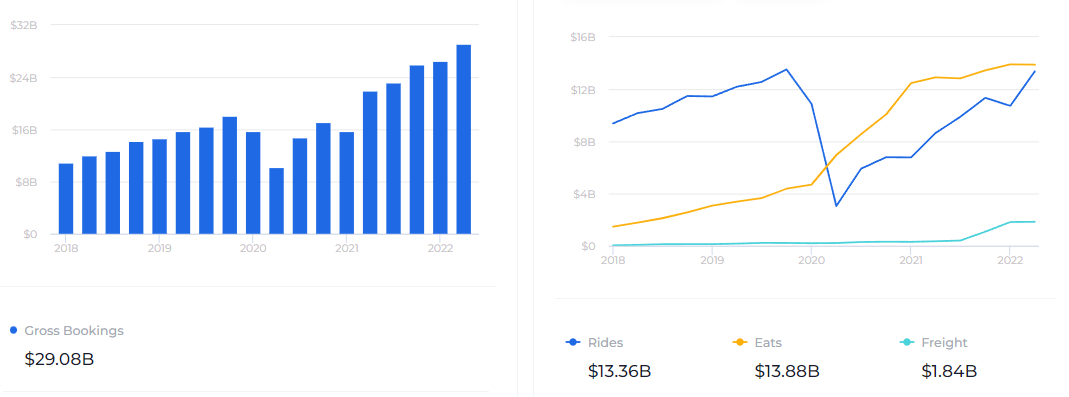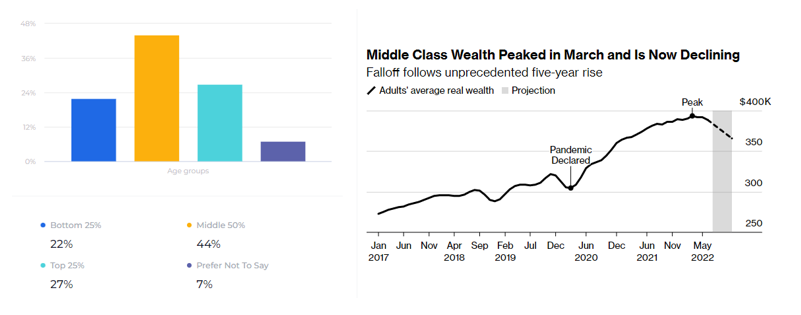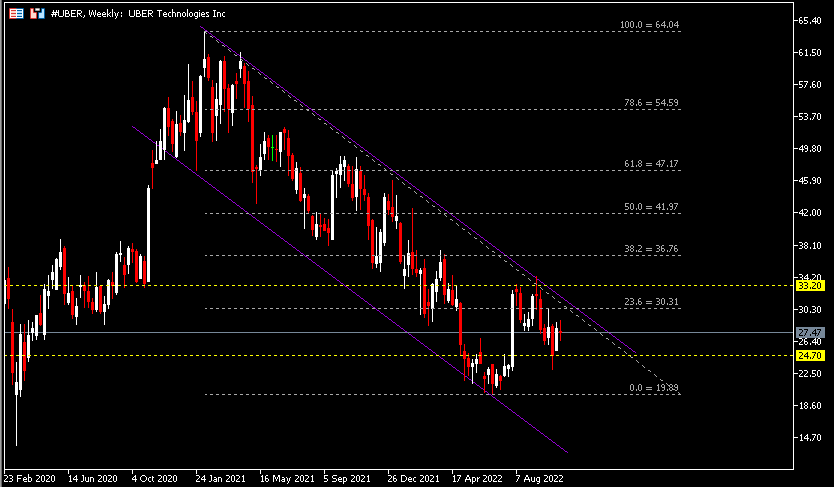Uber Technologies (formerly UberCab) is an American company founded in 2009 that operates as a technology platform for the mobility of people and things. Its services are divided into three main segments, namely mobility (connecting consumers with drivers who offer a variety of vehicles), delivery (searching and discovering local restaurants, ordering and delivering or picking up meals at restaurants, and grocery, alcohol and convenience store and other merchandise delivery) and freight (connecting carriers to shippers by leveraging proprietary technology, brand awareness and industry-changing experience). The company will report its third-quarter 2022 earnings results on Tuesday , November 1, before the market opens.
 Fig 1:Uber’s annual revenue by market segment in billions of dollars. Source: Business of Apps
Fig 1:Uber’s annual revenue by market segment in billions of dollars. Source: Business of Apps
Uber Technologies’ sales revenue fell -21% year over year in 2020, heavily impacted by the coronavirus pandemic. Until the first half of 2021, when the lockdown restrictions were in place, most of the company’s revenue came from the delivery segment. By the end of 2021, the annual revenue of the distribution segment was 8.3 billion (4.8 billion in 2020), the mobile segment 7.5 billion (7.9 billion in 2020), the freight segment 2.1 billion (900 million in 2020) and others 400 million (1.3 billion in 2020).
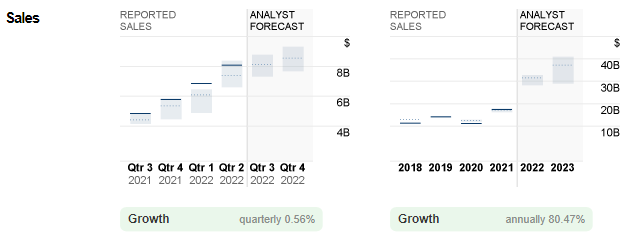 FIG 2:Uber Technologies reported sales versus analyst forecasts. Source : CNN Business
FIG 2:Uber Technologies reported sales versus analyst forecasts. Source : CNN Business
By the end of 2021, the company reported sales of $17.5 billion, up 57.66% from a year earlier. In the first half of 2022, sales beat market expectations at $6.9 billion and $8.1 billion, respectively. Analysts’ forecasts for third-quarter sales 2022 remain unchanged at $8.1 billion.
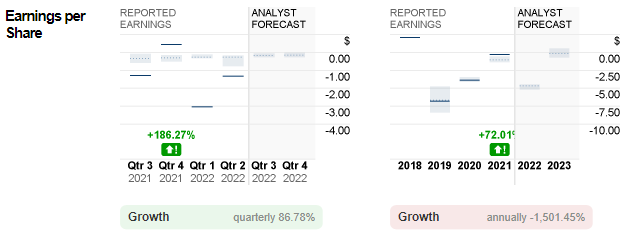 Fig 3:Uber Technologies’ reported EPS versus analyst forecasts. Source: CNN Business
Fig 3:Uber Technologies’ reported EPS versus analyst forecasts. Source: CNN Business
Conversely, full-year 2021 earnings per share were reported at -$0.29. This was the third consecutive year the company reported negative EPS (-$3.87 in 2020 and -$6.81 in 2019). The situation did not improve in the first half of 2022, with -$3.04 and -1.33 reported in Q1 and Q2, respectively. Management said the poor performance was mainly related to equity investment losses. Therefore, the focus will be on how the company’s earnings per share perform in the third quarter. Consensus estimates are at -$0.18, and an outcome at or above that figure would be a positive boost to sentiment and thus a positive boost to the company’s share price, and vice versa.
Recently, Uber Technologies announced the launch of its “Journey Ads” service, which allows marketers to place ads within the Uber app. Management believes that such a move could help support pricing that is more attractive to riders. However, the downside could be the risk of angering customers.
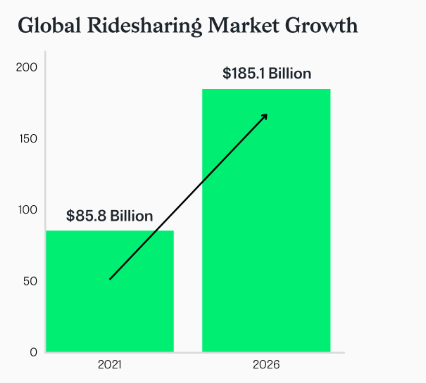 Fig 4: Global Ridesharing Outlook. Source: Buckle
Fig 4: Global Ridesharing Outlook. Source: Buckle
The future of the ride-sharing industry looks bright. According to data, by 2026, the global carpooling market is expected to reach US $185.1 billion, with a compound annual growth rate of 16.6% from 2021.
Fig 5:Uber total bookings and its segments. Source: WallStreetZen
Uber’s total bookings has remained positive. It hit $29.08 billion in the second quarter of 2022, up more than 180% from its trough two years ago. Since the economy reopened, gross bookings for Uber rides have rebounded sharply, nearly surpassing gross bookings for restaurants by the second quarter of 2022 ($13.36 billion vs. $13.88 billion)..
Fig 6:Uber users and middle-class wealth decline by income bracket. Source: WallStreetZen, Bloomberg
Statistics show that Uber users are mainly composed of middle-income groups (44%). In the macroeconomic context, the middle class has been the most adversely affected since the central bank announced monetary tightening in response to rising inflation, and according to a survey, this could mean these individuals may end up spending less in a number of ways, including eating out less/delivery less, canceling/postponing travel plans, spending less on groceries, and more. This could also indirectly affect Uber.
Technical Analysis:
#UBER (UBER.s) shares are trading within a descending channel with highs and lows of $64.04 (Feb 2021) and $19.89 (June 2022). As of last week’s close, #UBER’s share price was still below analysts’ lowest estimate ($32). The top line of the descending channel and $30.31 (FR 23.6%) are the nearest resistance levels. If the bullish breakout succeeds, the asset could continue to rise to $33.50 and then $36.76 (FR 38.2%). Instead, the nearest support is at$24.50. A close below that level could encourage more selling pressure down to $19.89 and the March 2020 low of $13.70.
Click here to access our Economic Calendar
Larince Zhang
Market Analyst
Disclaimer: This material is provided as a general marketing communication for information purposes only and does not constitute an independent investment research. Nothing in this communication contains, or should be considered as containing, an investment advice or an investment recommendation or a solicitation for the purpose of buying or selling of any financial instrument. All information provided is gathered from reputable sources and any information containing an indication of past performance is not a guarantee or reliable indicator of future performance. Users acknowledge that any investment in Leveraged Products is characterized by a certain degree of uncertainty and that any investment of this nature involves a high level of risk for which the users are solely responsible and liable. We assume no liability for any loss arising from any investment made based on the information provided in this communication. This communication must not be reproduced or further distributed without our prior written permission.












